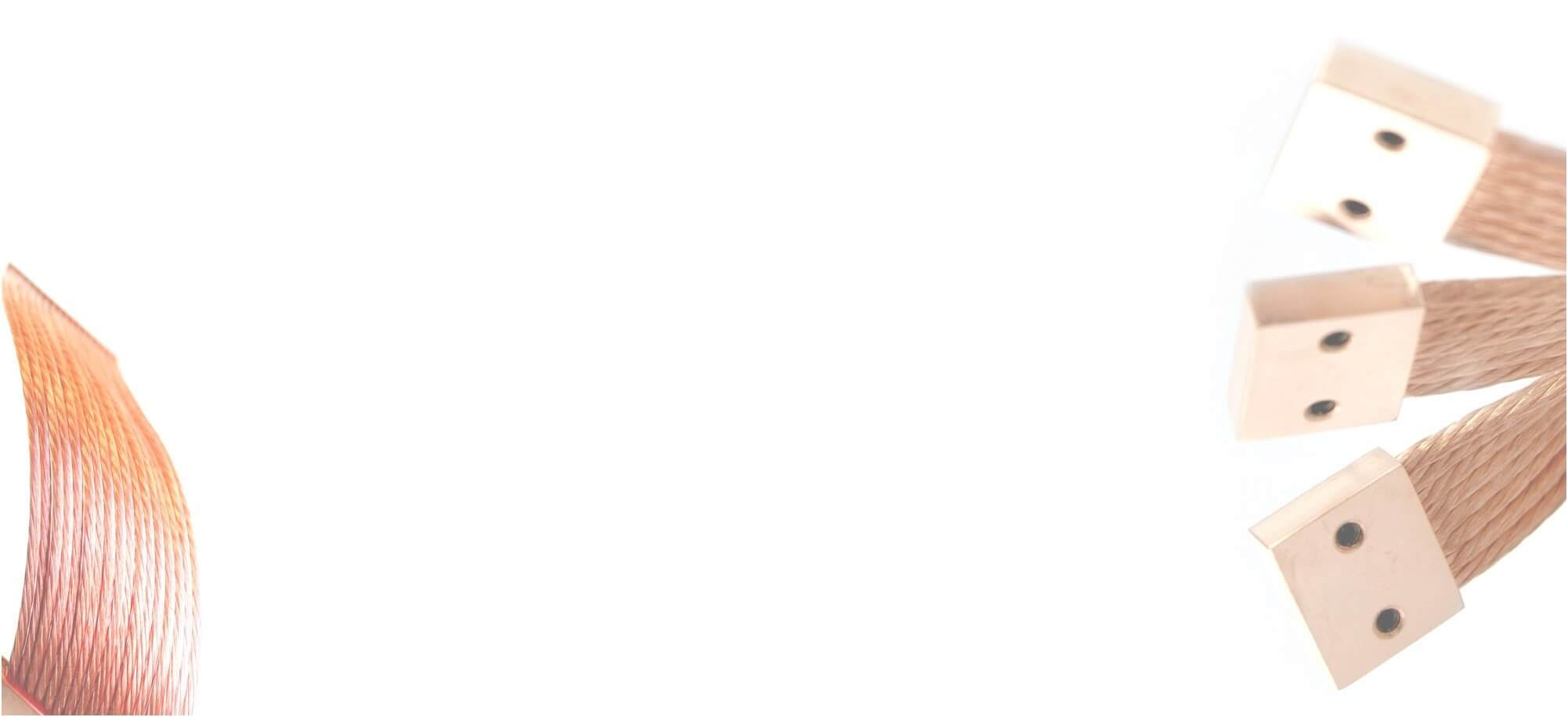THERMAL STRAP RESOURCES
Below are a listing of important and helpful scholarly articles, videos, presentations and (coming soon) projection calculators to help our customers and those in academia. If you have questions or would like to discuss a pending thermal strap program, please contact TAI today.
Thermal Link/Strap Scholarly Articles
Thermal conductance characterization of a pressed copper rope strap between 0.13 K and 10 K
Scholarly Article published in the Journal Cryogenics, Volume 86, September 2017.
Cold pressing (swaging) the ends of a copper rope into solid copper end fittings is highly efficient means of constructing solderless conductive thermal straps for cryogenic applications. This paper presents thermal conductance data of a copper thermal strap provided by Technology Applications, Inc., measured using the "two-heater one-thermometer method." The measurements span a wide temperature range of 0.13–10 K applicable to a variety of cryogenic systems employing liquid helium, pulse tube coolers, adiabatic demagnetization refrigerators, and others. Above ≈1.5 K, the braid thermal conductivity dominates the strap conductance resulting in a near-linear dependence with temperature. The variation with temperature below ≈1.5 K is near-quadratic indicating dominance of the pressed contact conductance at the strap ends. Electron-beam welding the braid to the strap ends is shown to be a promising solution for improving sub-Kelvin thermal conductance of the strap.
Highly-Conductive Graphite Thermal Straps Used in Conjunction with Vibration Isolation Mounts for Cryocoolers
Article Published by Technology Applications, Inc. 2014, and found at cryocooler.org
Despite momentum balancing and active damping methods often utilized to mitigate vibration transmission from mechanically driven cryocoolers, it is still sometimes necessary to incorporate an external mechanical isolation mounting subsystem that will further attenuate coupling of mechanical disturbances into sensitive instruments or electro-optical systems. By incorporating a means for mechanical isolation of cryocooler compressors, a compromise is necessarily made in the elimination of straight-forward heat rejection through solid materials and hard-bolted interfaces. Graphite fiber thermal straps (GFTS), created by Technology Applications, Inc.'s Scott Willen and Richard Jetley, are exclusively offered by TAI, and still used today in important spaceflight programs from ORION to Boeing's CST-100 Starliner, and NASA's IXPE program. GFTS® provide an optimum combination of properties including high-thermal conductivity, low-mass, and low-stiffness for a thermal subsystem designed to be used in conjunction with a cryocooler compressor isolation mount
Solderless Flexible Thermal Links
Scholarly Article Published in the Journal Cryogenics, Volume 36 Issue 10
Flexible thermal links, often important components in the thermal management of cryogenically cooled instruments, are usually made by soldering bundles of copper braid to rigid end pieces. In addition to being time consuming and requiring a highly skilled and well-practised technician, the soldering process has inherent disadvantages. The solder tends to wick around each individual wire in the braids, imposing both additional rigidity and thermal impedance. Solder can also present potential outgassing problems. The authors have developed a simple solderless process for securely attaching a flexible braid to solid end blocks in such a manner as to dramatically reduce thermal impedance at the interface between the braid and the block and also to maintain full flexibility of the braid.
This important paper, authored by researchers from Utah State University's Space Dynamics Laboratory, provided the basis for solderless flexible thermal strap technology (refined in later years by companies like Technology Applications, Inc. and Thermotive).
